Creating a thriving aquatic ecosystem within the glass confines of an aquarium is both an art and a science. Unlike the natural world where rivers, lakes, and oceans regulate themselves, our miniature underwater worlds require careful balance and maintenance. The secret to a successful aquarium lies in understanding the delicate interplay between plants, filtration systems, and water movement. When these three elements work in harmony, they create a self-sustaining environment where fish and other aquatic life can flourish. This balance not only produces a visually stunning display but also minimizes maintenance and creates a healthier habitat for your aquatic companions.
The Aquarium as an Ecosystem
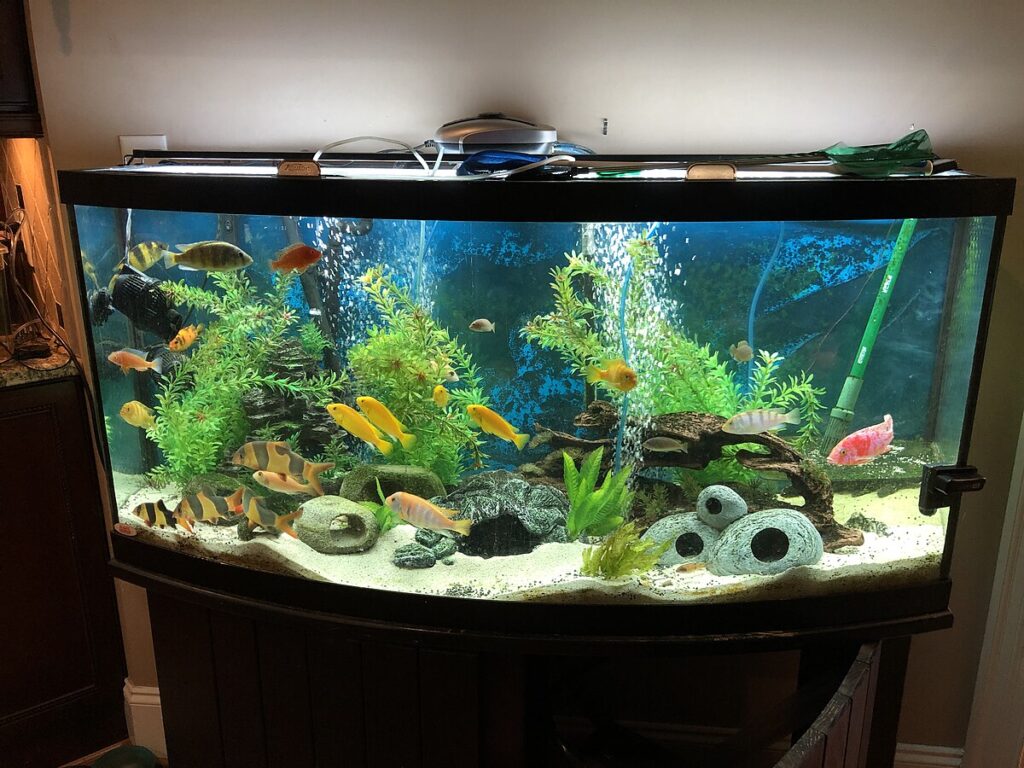
Every aquarium, regardless of size, functions as a miniature ecosystem with interconnected components that depend on each other. In this closed system, waste from fish and decomposing organic matter produces harmful compounds like ammonia and nitrites. Plants consume these compounds as nutrients, while beneficial bacteria in filters convert them into less harmful substances.
Water movement ensures proper gas exchange and nutrient distribution throughout the tank. Understanding this cyclical relationship is fundamental to maintaining a balanced aquarium. When one element falters, the entire system can quickly destabilize, leading to problems ranging from algae blooms to fish illness and death.
The Nitrogen Cycle: Foundation of Aquarium Balance

At the heart of every healthy aquarium is the nitrogen cycle, a biological process that converts toxic fish waste into less harmful compounds. Fish produce ammonia through their gills and waste, which is highly toxic even in small amounts. Beneficial bacteria known as Nitrosomonas convert ammonia to nitrites, which are still harmful to fish.
A second type of bacteria, Nitrobacter, then converts nitrites to nitrates, which are less toxic but still harmful in high concentrations. Plants play a crucial role by absorbing nitrates as nutrients for growth. Without this complete cycle functioning properly, toxic compounds would quickly build up and poison aquarium inhabitants. New tanks must go through a “cycling” period of 4-6 weeks to establish these bacterial colonies before adding fish.
Aquatic Plants: Nature’s Filtration System

Live plants are more than just decorative elements in an aquarium—they’re active participants in maintaining water quality. Through photosynthesis, plants absorb carbon dioxide and release oxygen, improving water oxygenation for fish. They consume nitrates, phosphates, and other waste products that would otherwise fuel algae growth. Plants also provide natural shelter for fish, reducing stress and creating territories.
The root systems of aquatic plants can help stabilize substrate and prevent anaerobic pockets from forming. Species like Vallisneria, Hornwort, and Amazon Sword are particularly effective at nutrient uptake, making them excellent choices for beginners looking to establish a balanced system.
Mechanical Filtration: The First Line of Defense
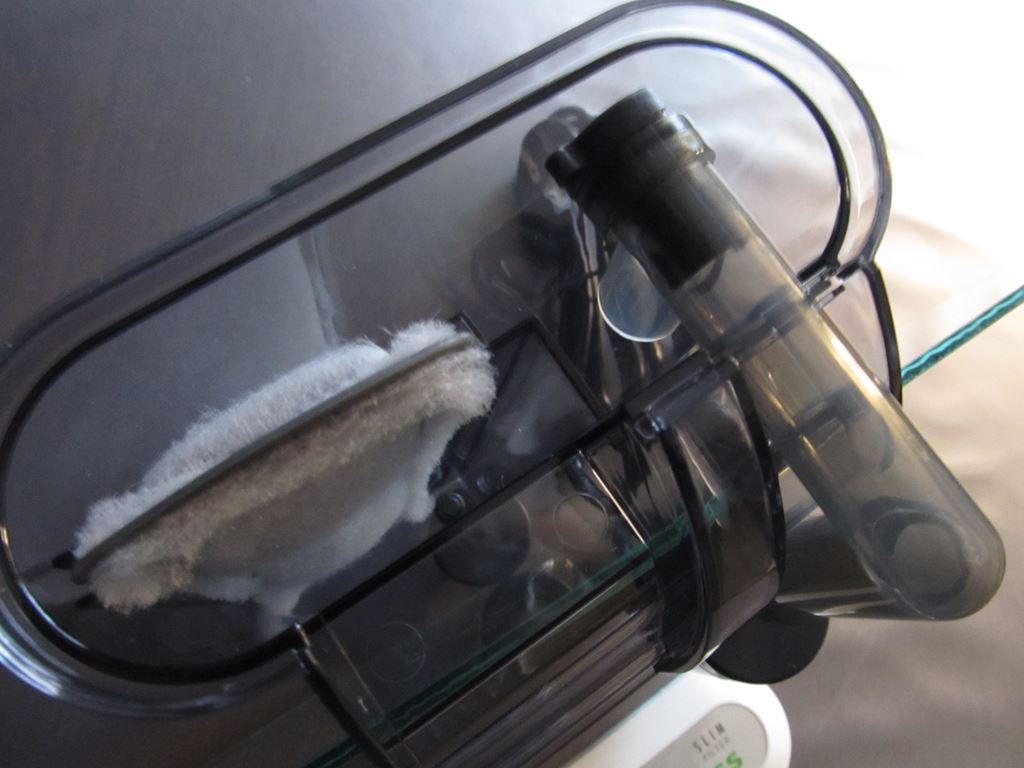
Mechanical filtration is the physical removal of particulate matter from aquarium water, serving as the first stage in most filtration systems. As water passes through filter media like sponges, filter floss, or filter pads, solid particles become trapped, preventing them from decomposing in the water column and releasing toxins.
Regular cleaning of mechanical filter media is essential, as accumulated debris can become a source of pollution if left unattended. However, over-cleaning can remove beneficial bacteria colonies that have established themselves on these surfaces. For optimal results, mechanical media should be rinsed in old tank water during water changes rather than tap water, which contains chlorine that kills beneficial bacteria.
Biological Filtration: The Bacterial Workforce
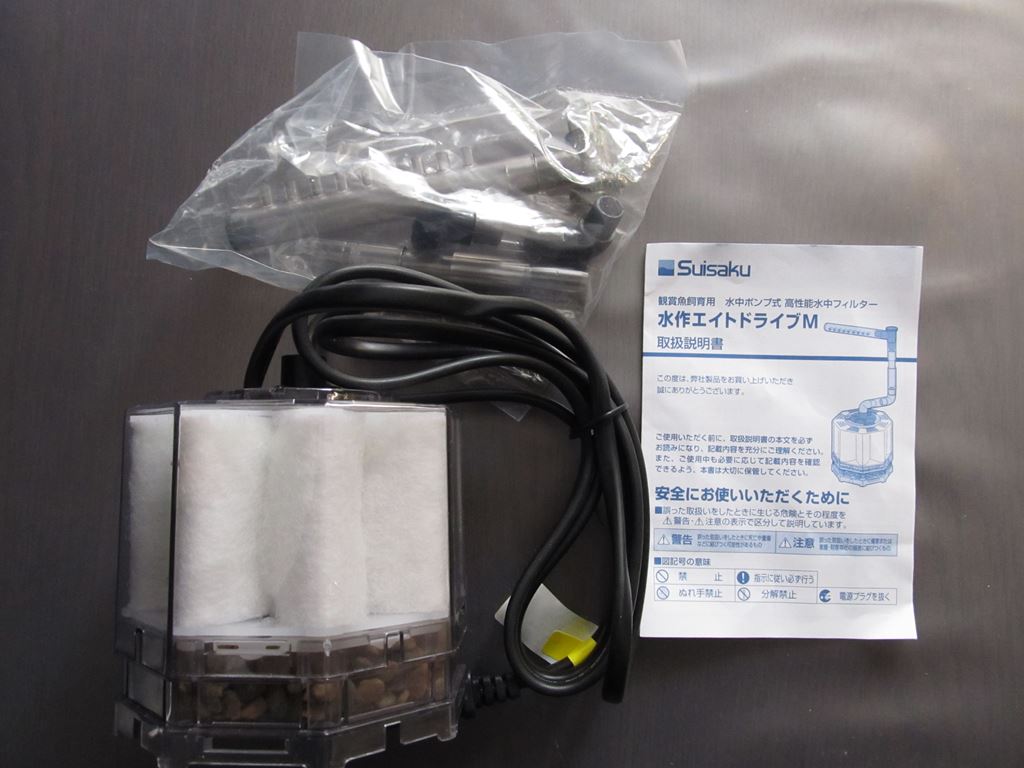
Biological filtration harnesses the power of beneficial bacteria to process toxic waste compounds in the aquarium. These bacteria establish colonies on porous materials with high surface area, such as ceramic rings, bio-balls, or specially designed bio-media. The more surface area available, the larger the bacterial population that can be supported.
Modern aquarium filters typically include dedicated chambers for biological media, ensuring stable conditions for these essential microorganisms. Unlike mechanical media, biological filtration materials should rarely be replaced or thoroughly cleaned, as doing so can crash the nitrogen cycle. Instead, gentle rinsing in old tank water maintains flow while preserving bacterial colonies that take weeks or months to establish fully.
Chemical Filtration: Targeted Water Purification
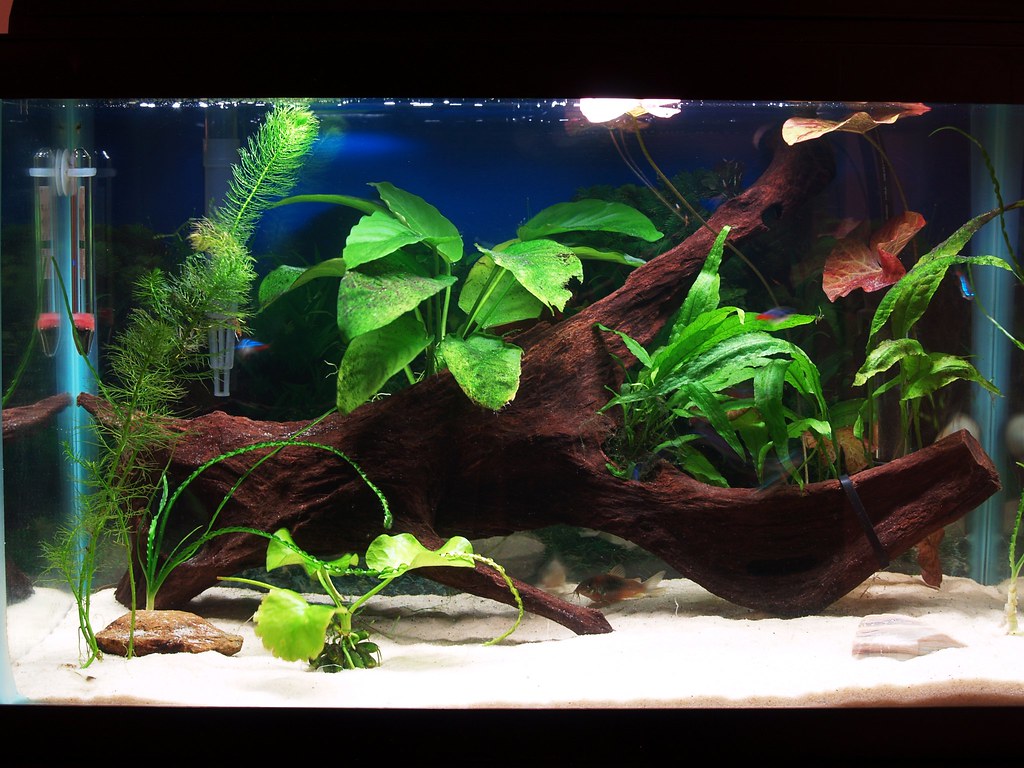
Chemical filtration removes dissolved substances from aquarium water that mechanical and biological filtration cannot address. Activated carbon is the most common chemical filter medium, adsorbing medications, tannins, and other dissolved organic compounds that can discolor water or create odors.
Other media like Purigen, zeolite, or phosphate removers target specific water quality issues. Unlike biological media, chemical filtration materials become saturated over time and require regular replacement to remain effective. Many experienced aquarists use chemical filtration temporarily to address specific problems rather than continuously. For instance, activated carbon might be added after medicating fish to remove residual medications, then removed to allow beneficial compounds from plants and substrate to remain in the water.
Water Flow: The Circulatory System of Your Tank
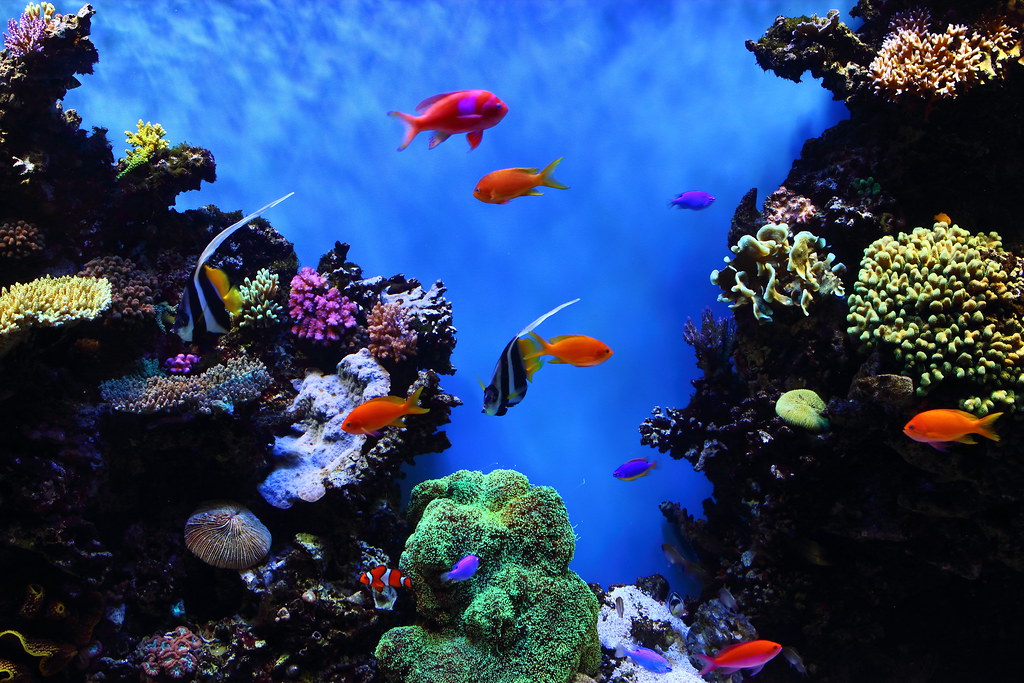
Water movement in an aquarium serves multiple crucial functions beyond simply pushing water through filtration systems. Proper flow prevents dead spots where detritus can accumulate and decompose, leading to localized water quality issues. It ensures that oxygen is distributed throughout the tank and that carbon dioxide doesn’t build up near the substrate.
Water movement also strengthens aquatic plants by gently stressing their stems, much like wind strengthens trees on land. Different fish species have evolved in different flow environments—some prefer strong currents while others thrive in still waters. Understanding the natural habitat of your fish helps determine optimal flow patterns for your aquarium.
Finding the Right Flow Rate

The ideal flow rate for an aquarium depends on numerous factors including tank size, fish species, and plant density. A general guideline suggests a turnover rate of 4-6 times the tank volume per hour for most community aquariums. For example, a 50-gallon tank would benefit from a filter or circulation system moving 200-300 gallons per hour.
However, tanks with large waste-producing fish may require higher rates, while tanks with delicate fish or plants might need gentler flow. Flow direction is equally important—creating a gentle circular pattern helps prevent dead spots while avoiding excessively strong currents that might stress fish. Multiple smaller pumps or powerheads often create better flow patterns than a single powerful filter, allowing for customization based on tank inhabitants.
Filter Selection: Matching Technology to Tank Needs
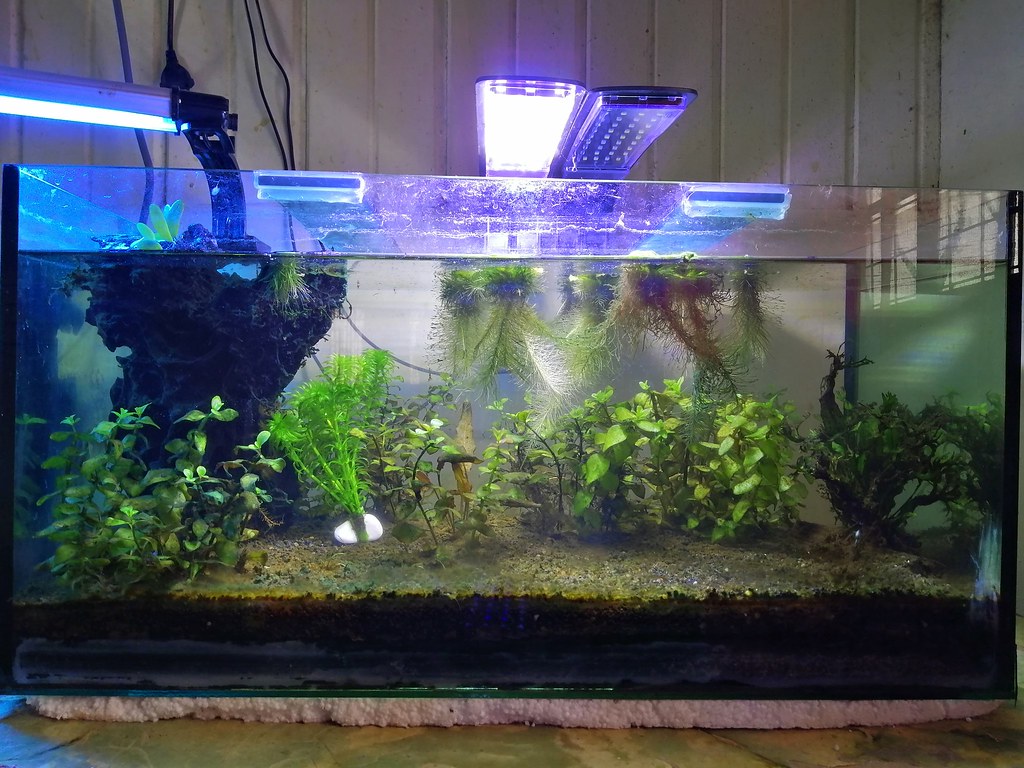
Choosing the right filtration system is crucial for maintaining aquarium balance, with several types available to suit different setups. Hang-on-back filters are popular for small to medium tanks, providing good mechanical, biological, and chemical filtration in an easily maintained package.
Canister filters offer superior filtration for larger aquariums, with multiple media chambers and higher flow rates. Sponge filters provide gentle biological filtration ideal for breeding tanks or housing delicate species. For heavily planted tanks, some aquarists opt for minimal filtration, allowing the plants themselves to handle much of the biological filtration. The best choice depends on tank size, stocking density, and the specific needs of your aquatic community.
Plant Selection: Balancing Beauty and Function
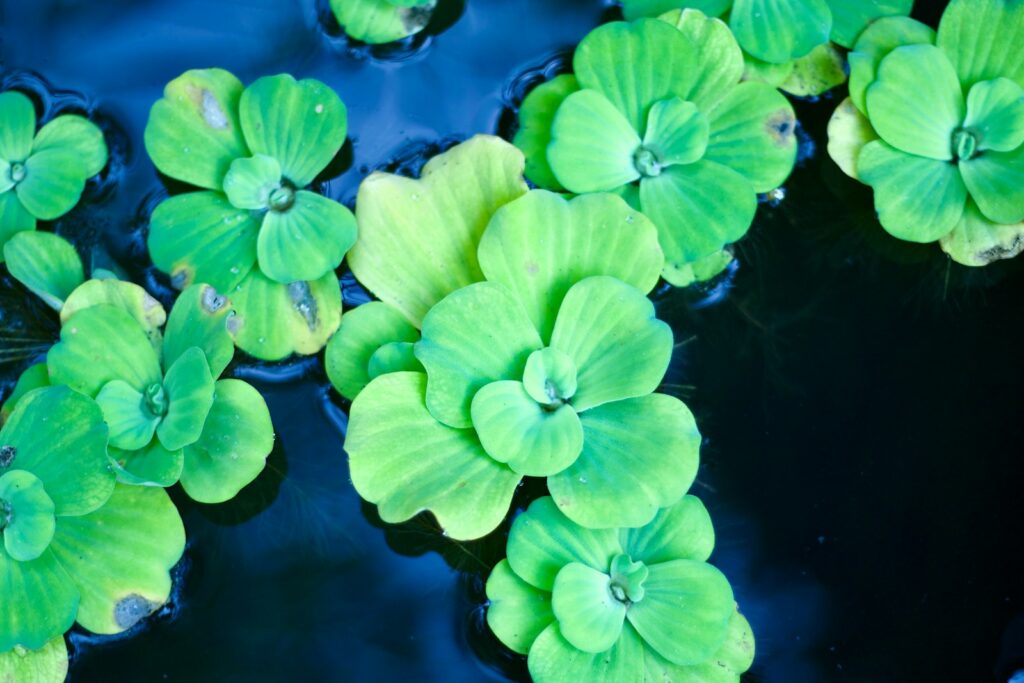
When selecting plants for a balanced aquarium, consider both aesthetic appeal and functional benefits. Fast-growing stem plants like Hygrophila and Rotala species rapidly absorb nutrients, helping to prevent algae issues in new setups. Rooted plants with extensive root systems, such as Amazon Swords and Cryptocorynes, access nutrients in the substrate and help prevent anaerobic conditions.
Floating plants like frogbit or water lettuce reduce light intensity and absorb nutrients directly from the water column. A mix of different plant types creates a more stable system and provides varied habitats for fish. For beginners, choosing hardy species that can tolerate fluctuating conditions helps establish a successful planted tank before moving on to more demanding species.
Lighting: The Energy Source for Plant-Based Filtration
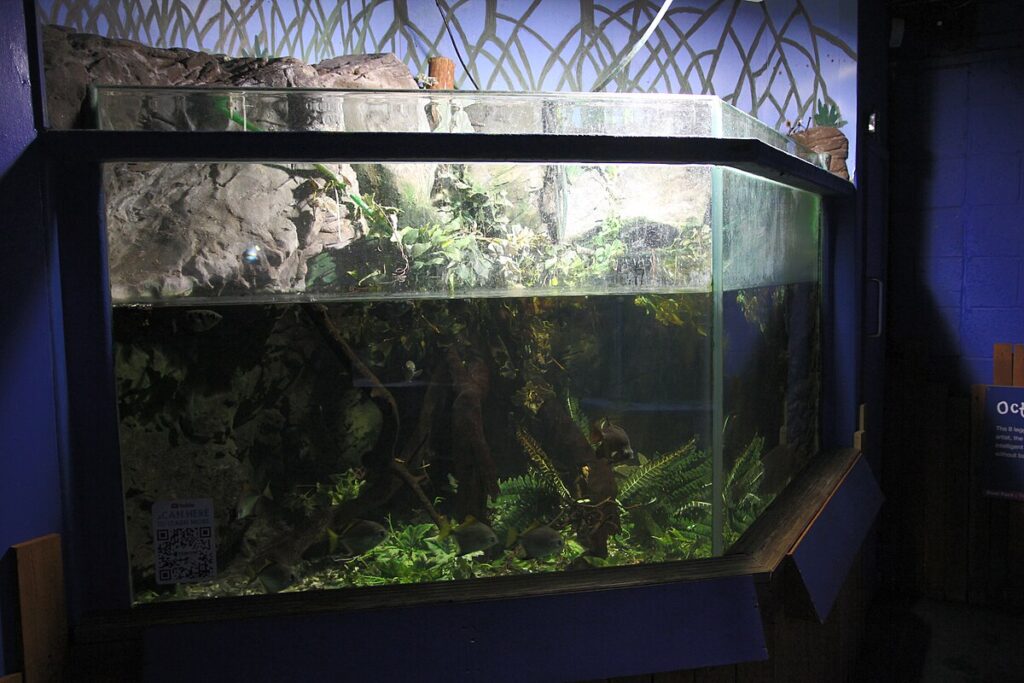
Proper lighting is essential for plants to perform their filtration function through photosynthesis. Insufficient light limits plant growth and nutrient uptake, while excessive light can trigger algae blooms that compete with plants. Modern LED fixtures allow precise control over light intensity and spectrum, with many offering programmable schedules to mimic natural daylight patterns.
For most community tanks with moderate planting, a photoperiod of 8-10 hours provides sufficient energy for plant growth without encouraging algae. Plants with red coloration typically require higher light intensity to maintain their vibrant hues. When upgrading lighting on an established tank, increasing intensity gradually allows plants to adapt and prevents sudden algae outbreaks.
Substrate: More Than Just Decoration
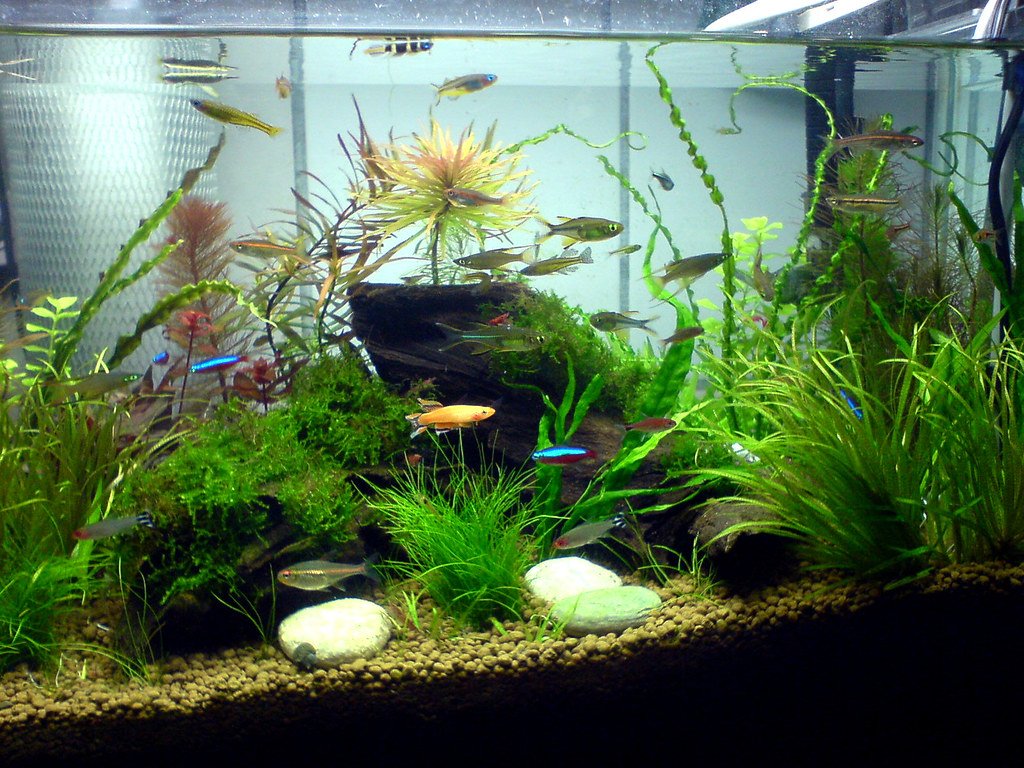
Aquarium substrate plays a vital role in a balanced system, particularly for planted tanks. Nutrient-rich substrates designed specifically for aquatic plants provide essential minerals and create an environment where beneficial bacteria can thrive. The substrate’s grain size affects water flow through the bed—fine substrates can develop anaerobic pockets without adequate circulation, while coarse substrates allow better water movement but may not anchor plants as effectively.
Some substrates contain beneficial bacteria to jump-start the nitrogen cycle or minerals that help buffer water parameters. A layered approach with nutrient-rich material beneath an inert cap often provides the best combination of plant nutrition and aesthetic appeal while preventing nutrients from leaching directly into the water column.
Maintenance Routines: Preserving the Balance

Even the most perfectly balanced aquarium requires regular maintenance to remain stable. Weekly water changes of 20-30% remove accumulated nitrates and replenish minerals while preventing parameter shifts that stress inhabitants. Filter maintenance should be staggered—never clean all filter media simultaneously, as this can crash the biological filtration system.
Pruning fast-growing plants prevents them from blocking light to slower species and removes plant matter before it can decompose and release nutrients back into the water. Testing water parameters regularly helps identify potential issues before they become serious problems. As tanks mature, maintenance often becomes less frequent, with well-planted aquariums sometimes requiring only minimal intervention once the balance between plants, filtration, and flow has been established.
Troubleshooting Common Imbalances
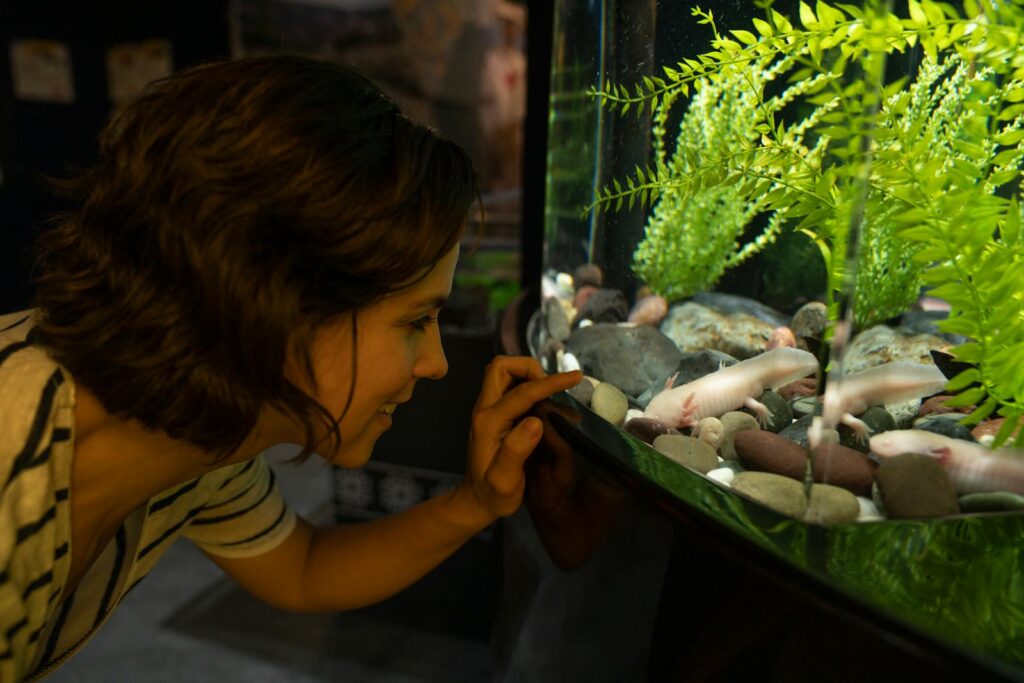
Even carefully maintained aquariums occasionally experience imbalances that manifest as algae blooms, cloudy water, or struggling plants. Excessive algae growth typically indicates an imbalance between light, nutrients, and plant mass—either too much light, too many nutrients, or insufficient healthy plant growth to compete with algae. Cloudy water often suggests bacterial blooms from overfeeding or sudden changes to the biological filtration system.
Plants with yellowing leaves may indicate nutrient deficiencies, particularly iron or potassium in aquatic species. Addressing these issues requires a holistic approach rather than quick fixes. For instance, combating algae is more effective by reducing light and nutrients while increasing healthy plant mass rather than using algaecides that might harm the biological balance.
The secret to a balanced aquarium truly lies in understanding the interconnected nature of plants, filtration, and water flow. When these elements work in harmony, they create a largely self-sustaining system that requires minimal intervention while providing optimal conditions for aquatic life.
The most successful aquarists see themselves not as tank owners but as ecosystem managers, making small adjustments to support natural processes rather than fighting against them. With patience, observation, and the right combination of biological and mechanical support, anyone can create a thriving underwater world that brings beauty and tranquility to their home while providing a healthy environment for fish and plants to flourish.


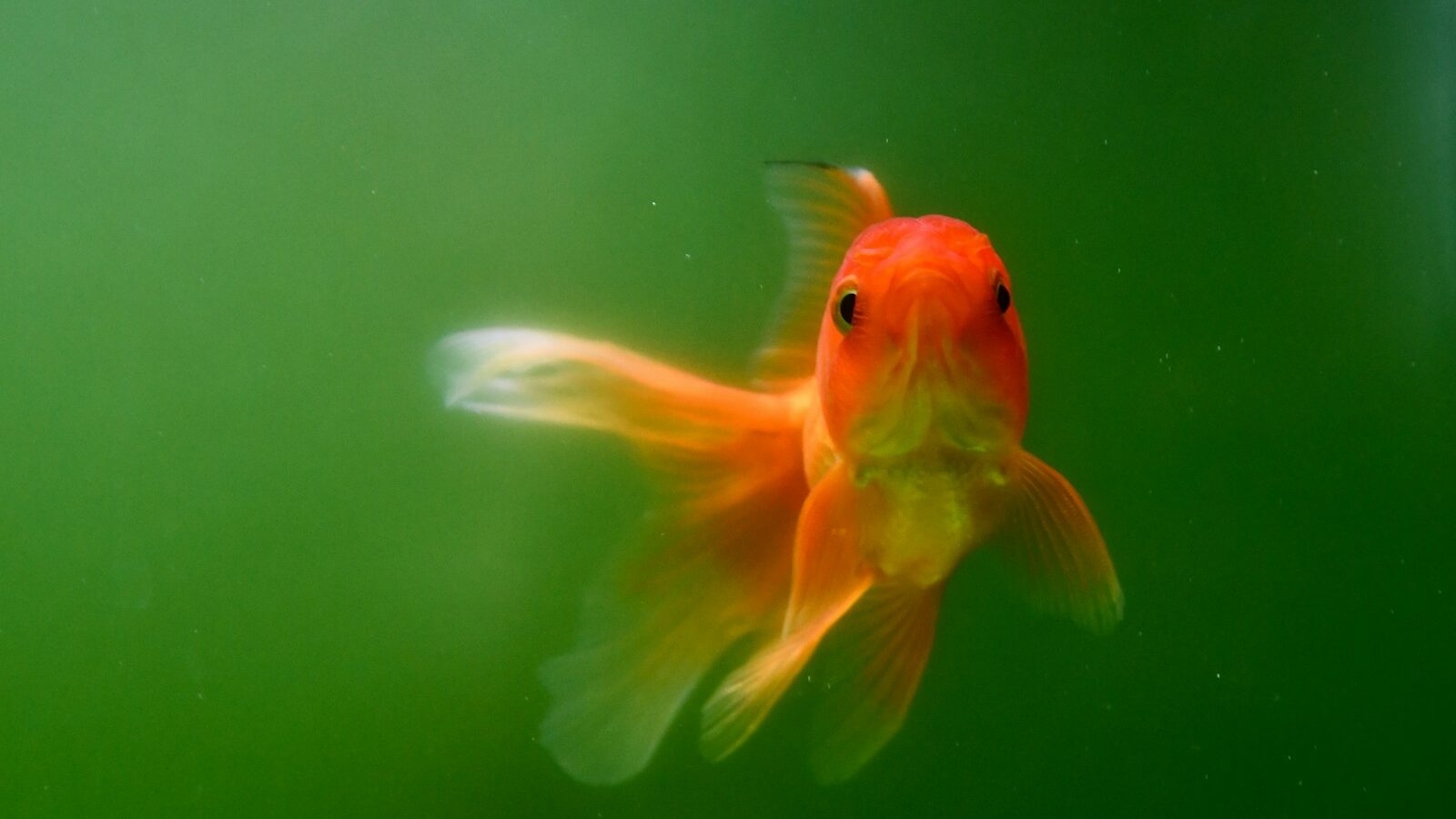
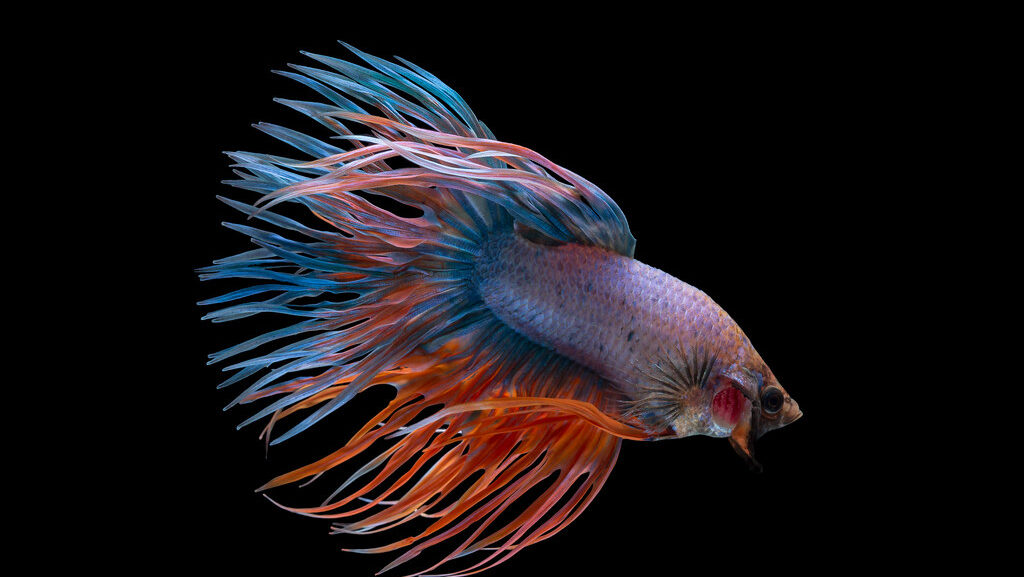
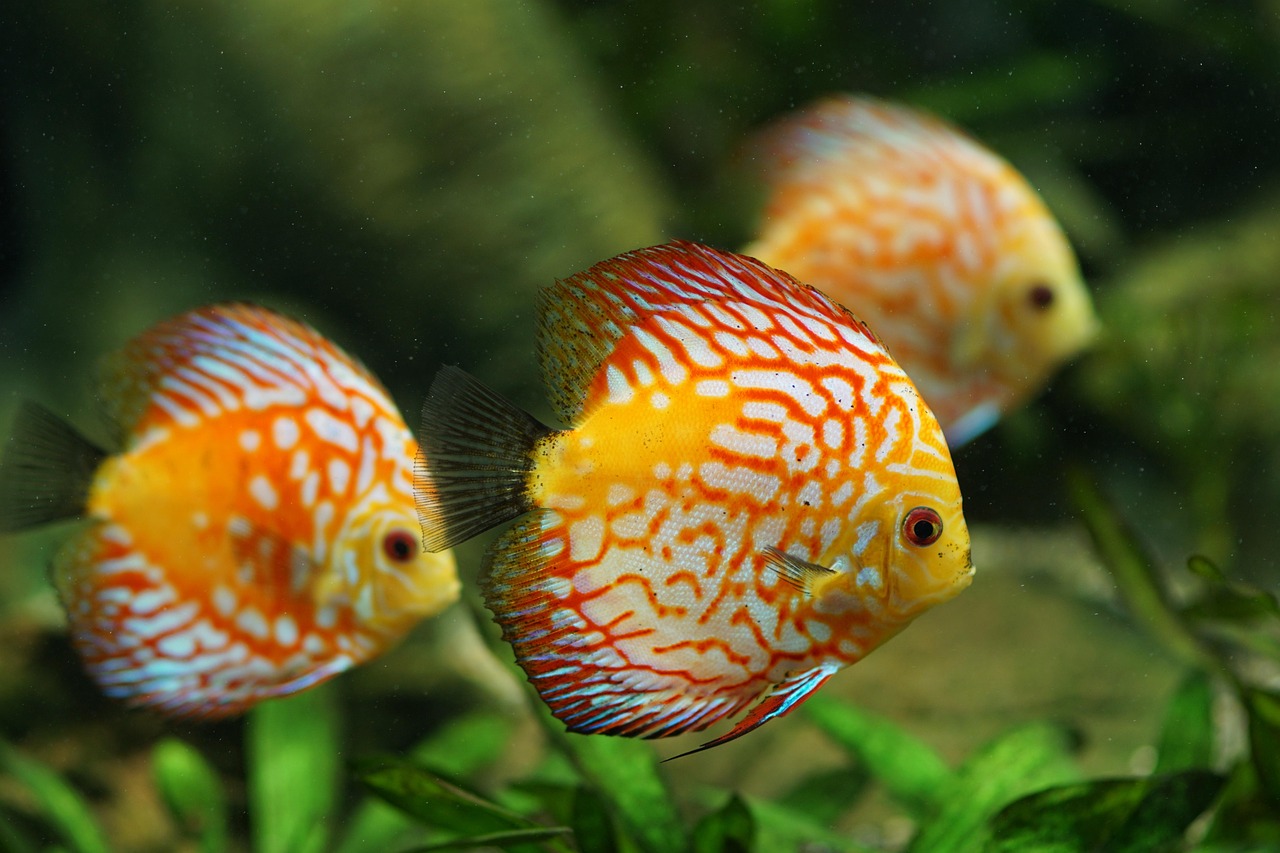
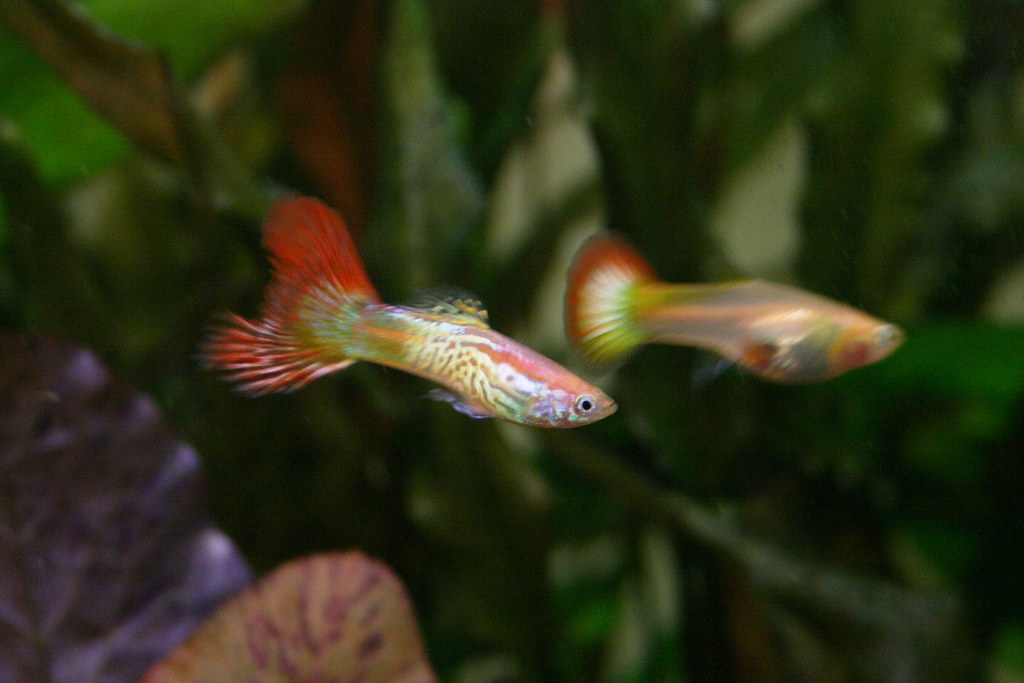
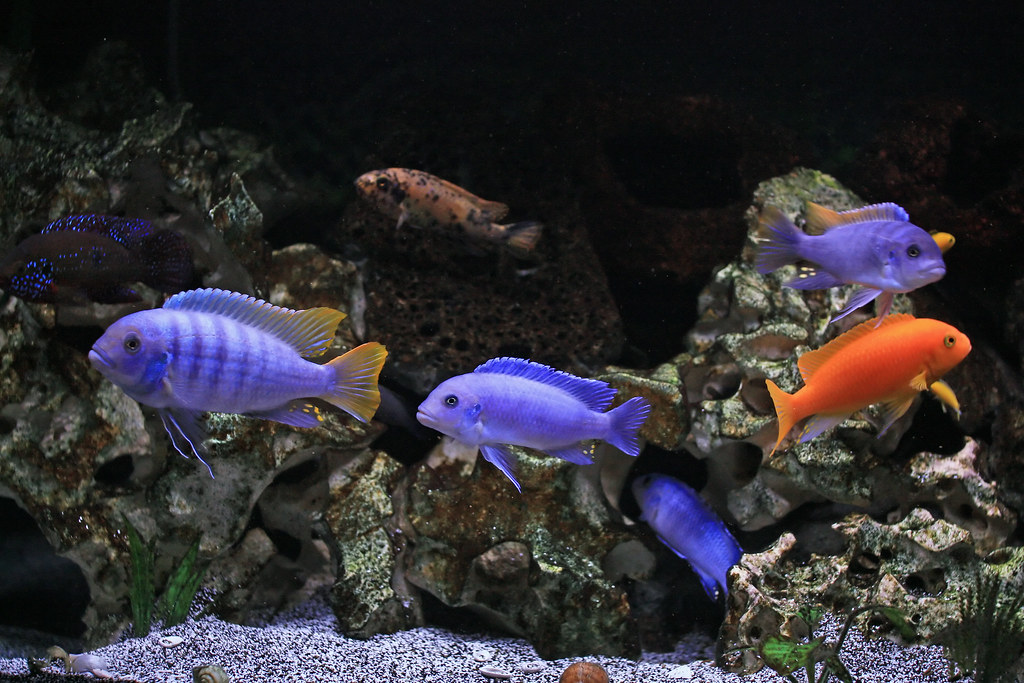
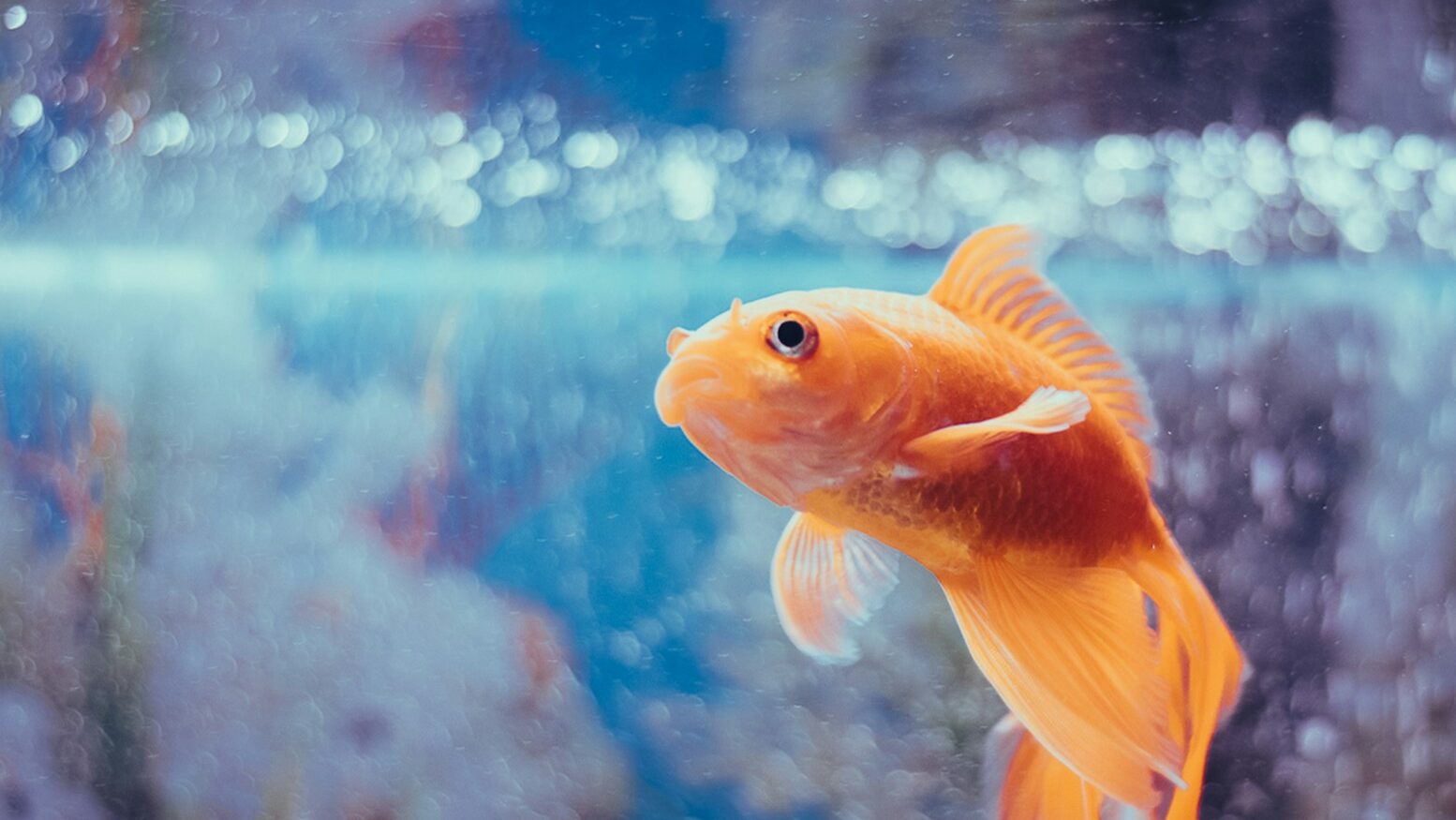
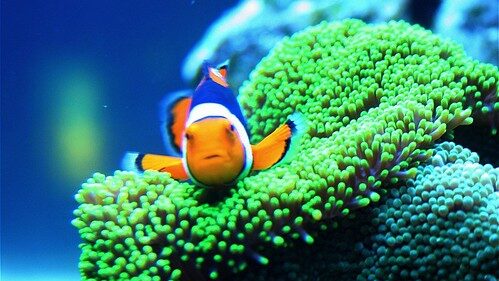
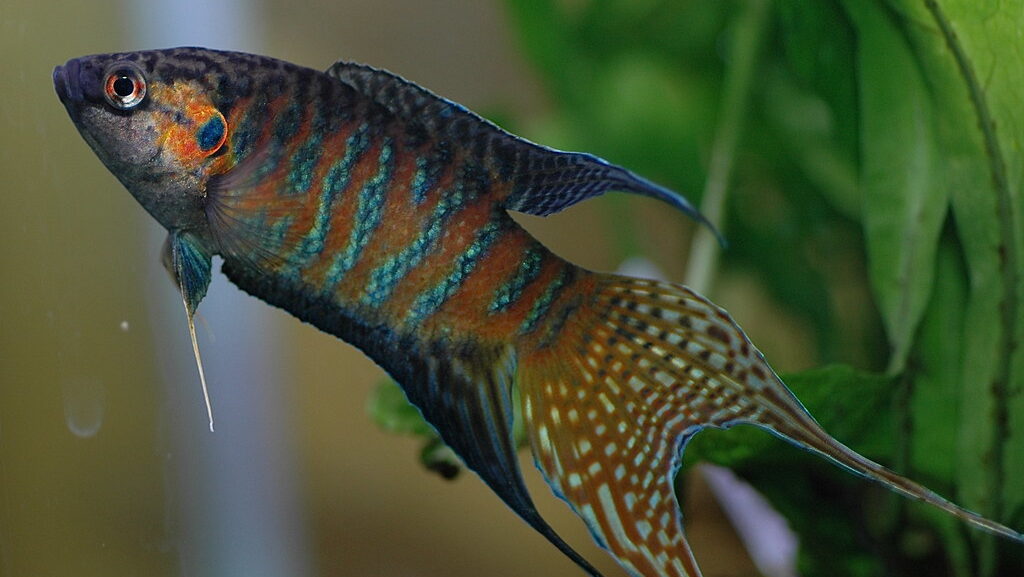
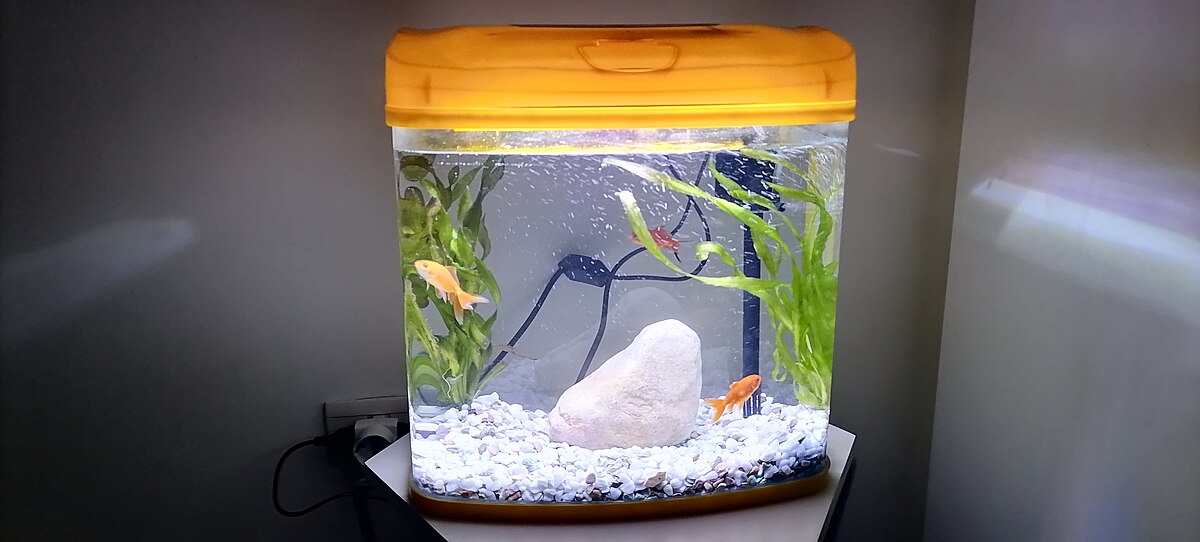



Leave a Reply